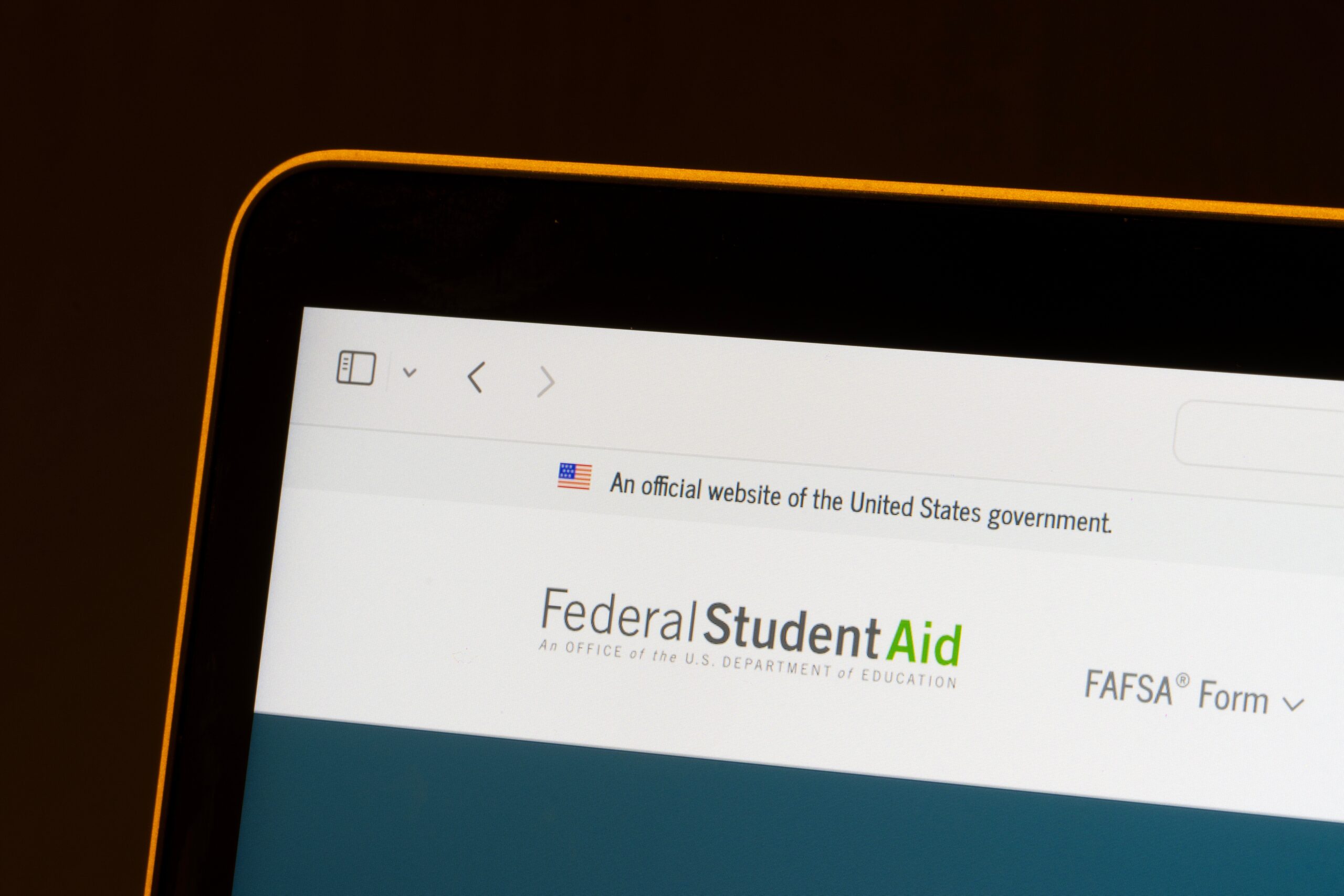A Certified College Financial Consultant’s guide for families with high school seniors
The Overlap of Two Journeys
For families with high school seniors, fall is crunch time. Between campus visits, final SAT/ACT attempts, and essay writing, there’s also a parallel track that’s just as important: preparing the financial side of the college journey. Getting ahead now can reduce stress and improve the chances of securing the best possible financial aid package.
As a Certified College Financial Consultant (CCFC), I’ve seen families thrive when they connect the admissions timeline with a clear financial plan. Here’s a fall checklist to help you stay organized.
1. Complete Net Price Calculators
Most colleges offer an online Net Price Calculator (NPC). This tool estimates your out-of-pocket costs after grants and scholarships. Families should:
- Run NPCs for each school under consideration. You can find links to many of the calculators through this site from the Department of Education.
- Compare projected costs against current savings and expected cash flow.
- Identify any “stretch” schools where affordability might hinge on aid or merit awards.
2. Prepare for FAFSA and CSS Profile
- FAFSA opens on October 1. Even if you don’t expect need-based aid, filing keeps you eligible for federal loans and work-study.
- CSS Profile (used by many private colleges) also opens October 1. It digs deeper into family finances.
- Action step: Gather prior-year tax returns, W-2s, bank/brokerage statements, and records of untaxed income. Organize them now to avoid scrambling.
3. Review 529 Plan Strategies
- Check balances and confirm how distributions will be requested.
- Talk with grandparents who may have college savings set aside for the grandkids.
- Avoid pulling money too early — coordinate distributions with the college’s billing statements.
- Keep receipts for qualified educational expenses to avoid tax headaches later.
4. Audit Your Household Budget
Adding college tuition and expenses will shift cash flow significantly. Start:
- Reassessing recurring expenses.
- Discussing lifestyle adjustments to free up savings.
- Planning for travel, dorm setup, and “hidden” costs beyond tuition.
5. Talk About Money With Your Student
Financial literacy is a key part of the college journey. Before applications go in:
- Have an honest conversation about affordability and expectations.
- Clarify family contributions versus student responsibility (work-study, loans, part-time job).
- Align expectations with realistic choices.
Final Thoughts
The admissions process is about finding the right academic and financial fit. By tackling these five steps now, families reduce stress later in the cycle and position themselves for better outcomes when acceptance and award letters arrive in the spring.
At Pioneer Wealth Management Group, we’re here to guide you every step of the way — ensuring your child’s dream school is also a financially wise choice.Ready for personalized guidance? Schedule a consultation with our team to create your customized college financial strategy. Get started today.
(This post is part of our 2025–2026 College Financial Planning Blog Series. Next month: FAFSA & CSS Profile — What Parents Need to Know This Year.)




